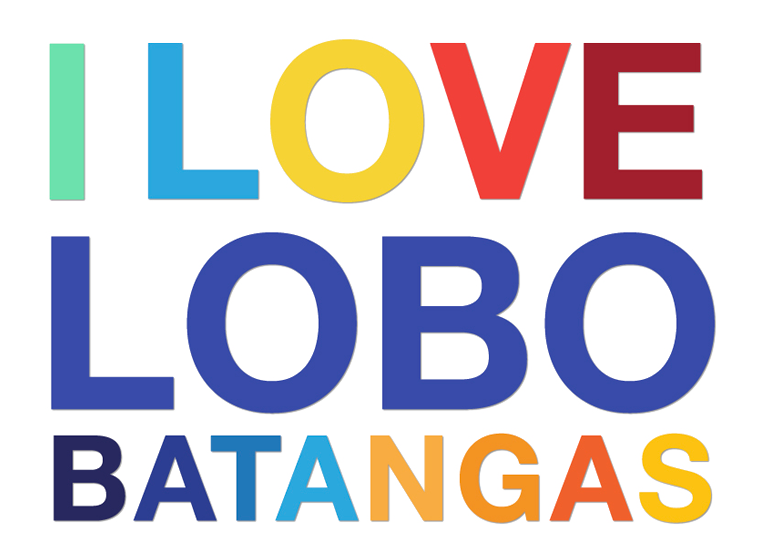HISTORY
For the vast majority of its history, agriculture can be described as having been organic; only during the 20th century was a large supply.
LIVELIHOOD
Get a glimpse on the way-of-life of the locals, activities including how they secure water, food, fodder, medicine, shelter, clothing.
FOOD
Learn about the local dishes, delicacies and other food products that Lobo is known for.
FIESTA
See how the people of Lobo celebrate their colorful and rich local festival celebrations.
CULTURE
Read the customs, arts, social institutions, and achievements of Lobo and its people.
ABOUT LOBO
When it comes to stunning vistas of natural beauty, you cannot get much better than Lobo. The landscape seems to have an incredible sense of drama, laden as it is with soaring mountain scapes, spectacular stretches of water and charismatic Mangrove forests.
Lobo is about 145 kilometers (90 miles) from Manila located near the southern tip of Batangas province. It has a total land area of 19,268 hectares (192.268 sq.km.) which occupied 70% of its geographic location surrounded by turquoise water and tropical forest. It shares common boundary with Taysan in the North, Verde Island Passage in the south, San Juan in the East and Batangas City in the west. It has 26 barangays, where 10 of which are coastal.
Lobo offer many attractions. It has good white sand beaches whose ocean floor slopes gradually for early 200 meters before drop-off. It has very good coral and marine life on some of our beaches that attract many snorkelers, scuba divers and underwater photographers.
It also has protected green place and fish sanctuaries (MPA) that remains unscathed. This hidden paradise offers a lot of things that you can do and is made especially for the explorer/adventurer who is into untouched natural beauty. Where you can share fond memories and experiences with friends and family.
Exploring this blessed land, requires some of your backpack, boots, and high-quality camera as it has picturesque destinations to capture. In the North-eastern part, a series of mountain ranges comprises by Mount Lobo with semi-mountain like hills can be partially trek by aspiring hikers who seeks for thrilling adventure. Traveling to Lobo’s coastal areas spawning from west to eastern coastal barangay awaits bumper of splashy experience where Marine protected areas remains untouched and subtropical luxuriant resorts linger with incredible lodging and amenities.
If you think about rich agricultural sector, Lobo is always on top producer. With over 500 hectares of farmland planted with sweet sugar apple trees. The tree’s fruit, popularly known as “atis”, is tended by over a thousand of farmers. It is no wonder why Lobo has been declared through Resolution 2011-61 as the “ATIS CAPITAL OF THE PHILIPPINES” in September 2011.
Today, local farmers can yield nine kilos of Atis and are favored in two harvest seasons production that runs from May to July (Off season) and the regular season from August to October. Continuous innovation, intercropping legumes, and hubs installation helps agriculture sector raise it average production to fill the needs for Atis supplies in both local and foreign market all year round.
“While the area certainly doesn’t skimp on its jaw-dropping natural assets, it’s worth remembering that there’s a lot to enjoy here besides delicious Atis”
Lobo might not be your last frontier in the Philippines, but it is a place where man and mother nature happily co-exist; its natural beauty evoke bliss and serenity. Its people welcome you to enjoy your pilgrimage with this reminder: explore things you seek to discover and leave nothing but beautiful memories and appreciate life from nature’s unsurpassed beauty as you discover Lobo!

